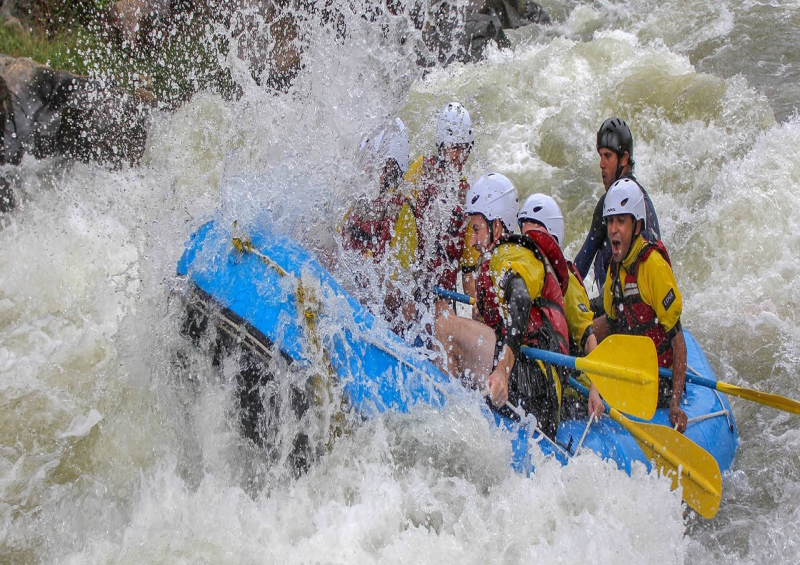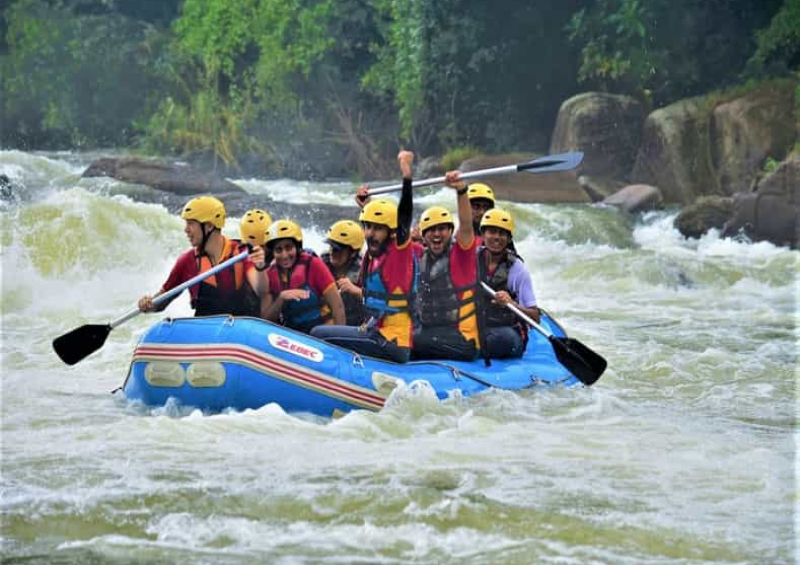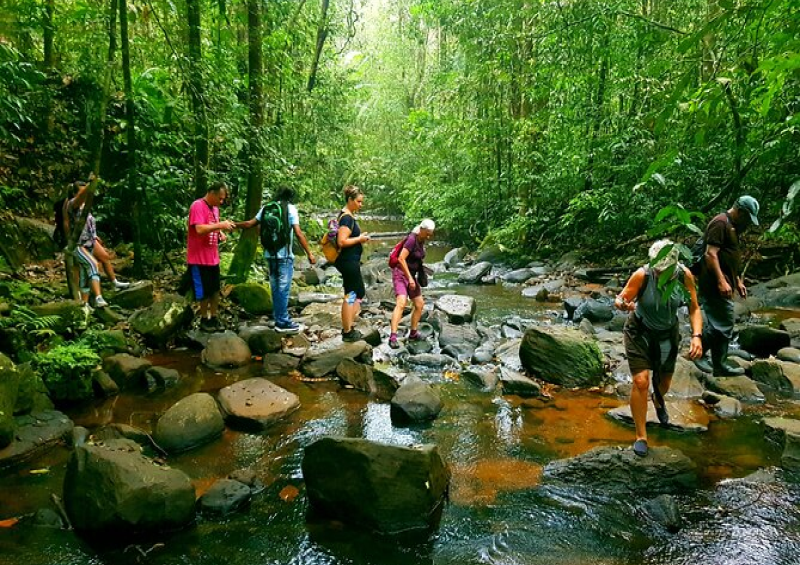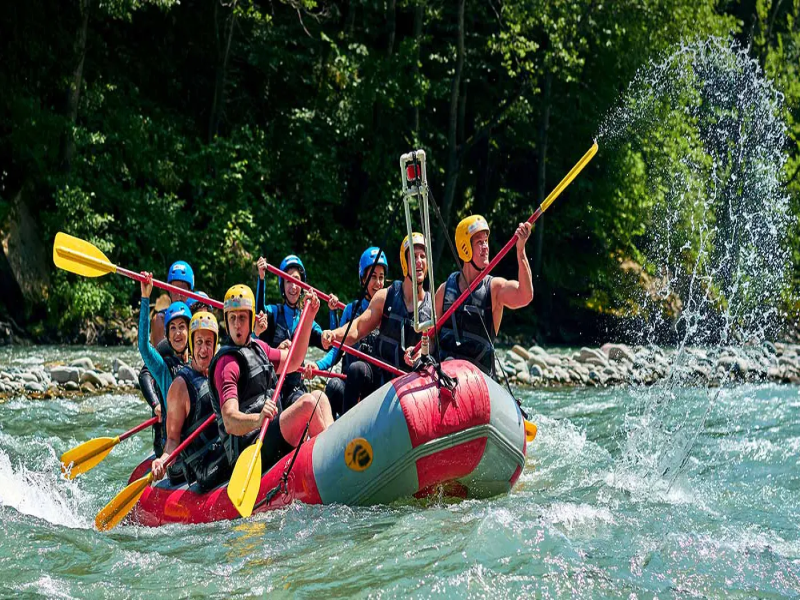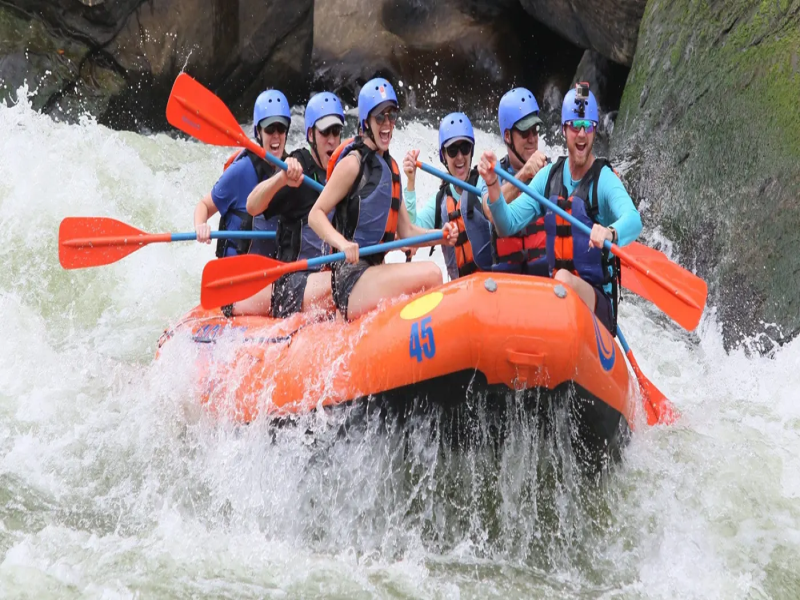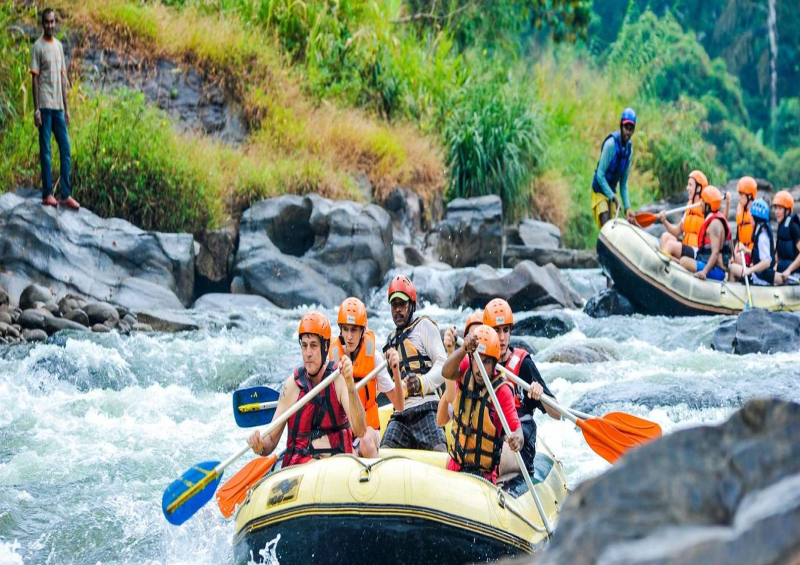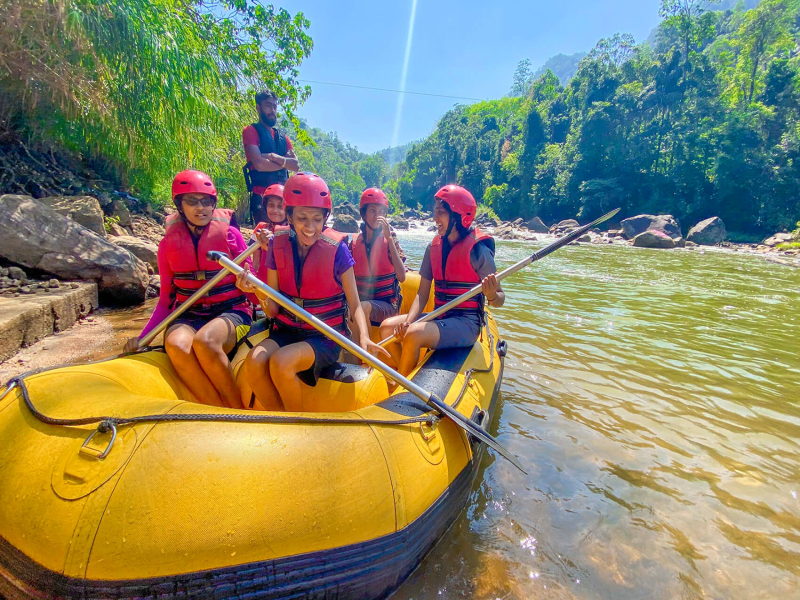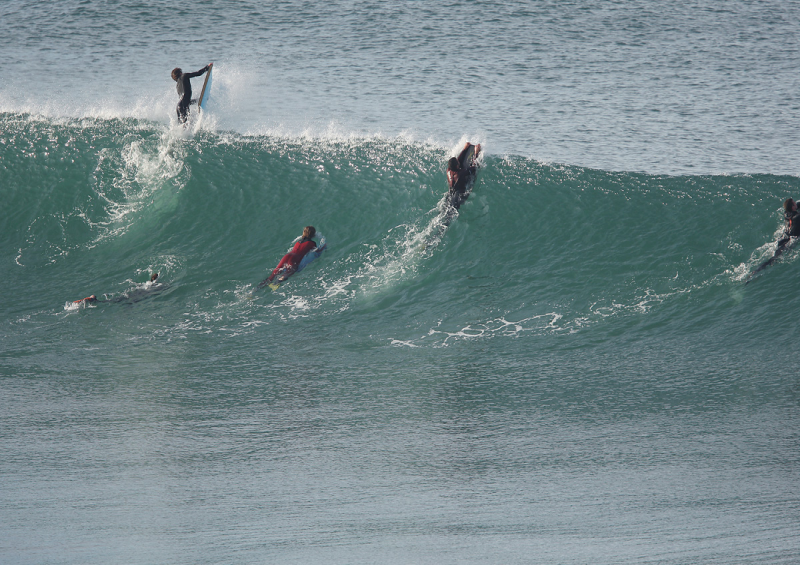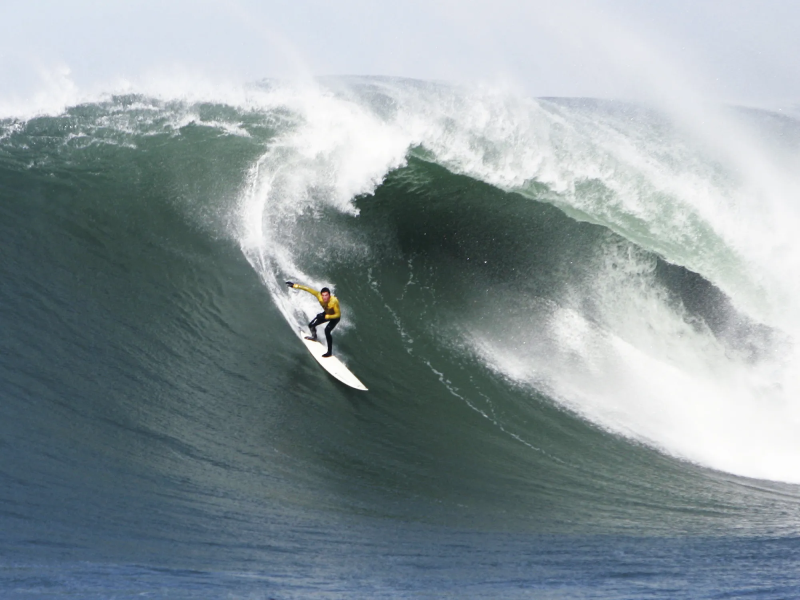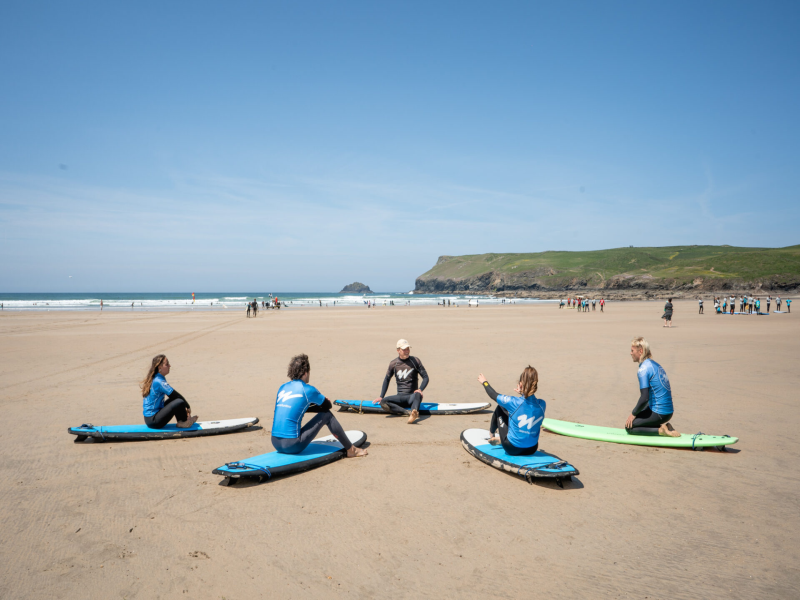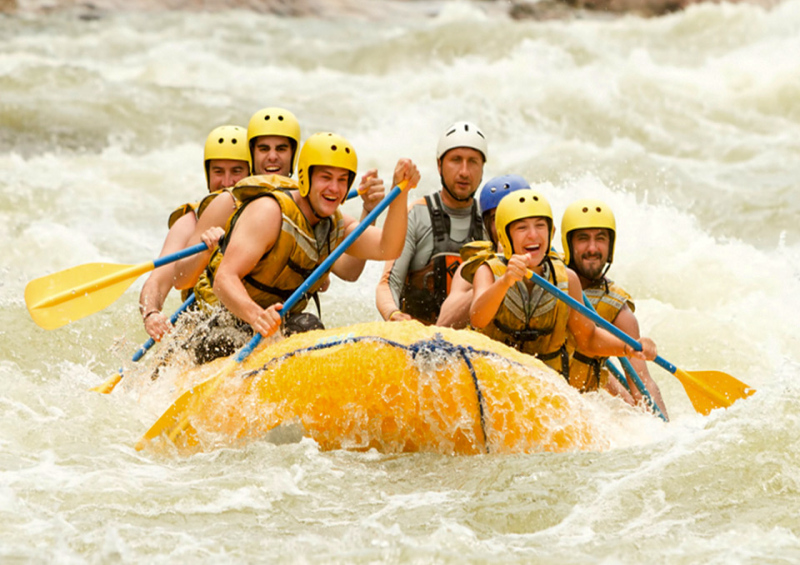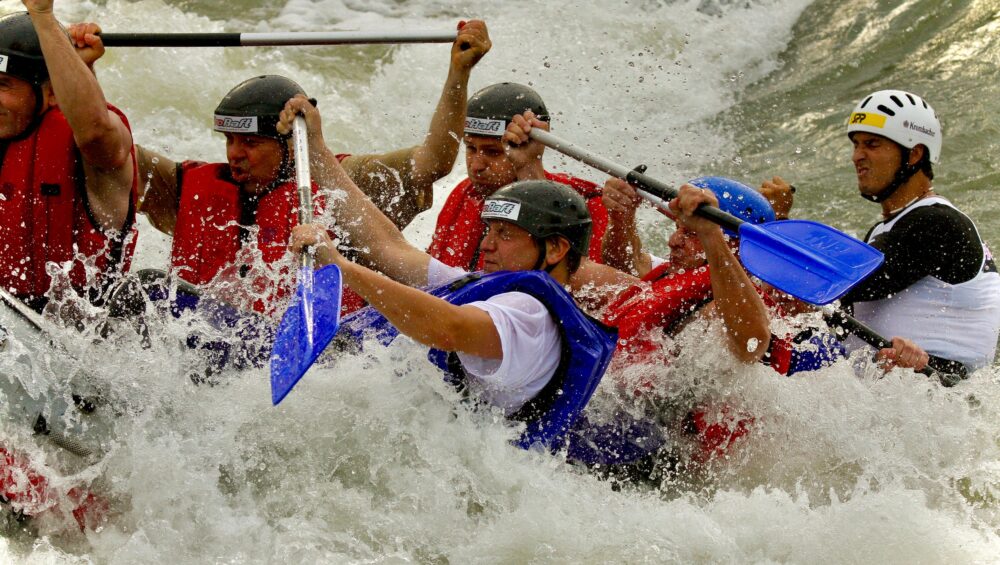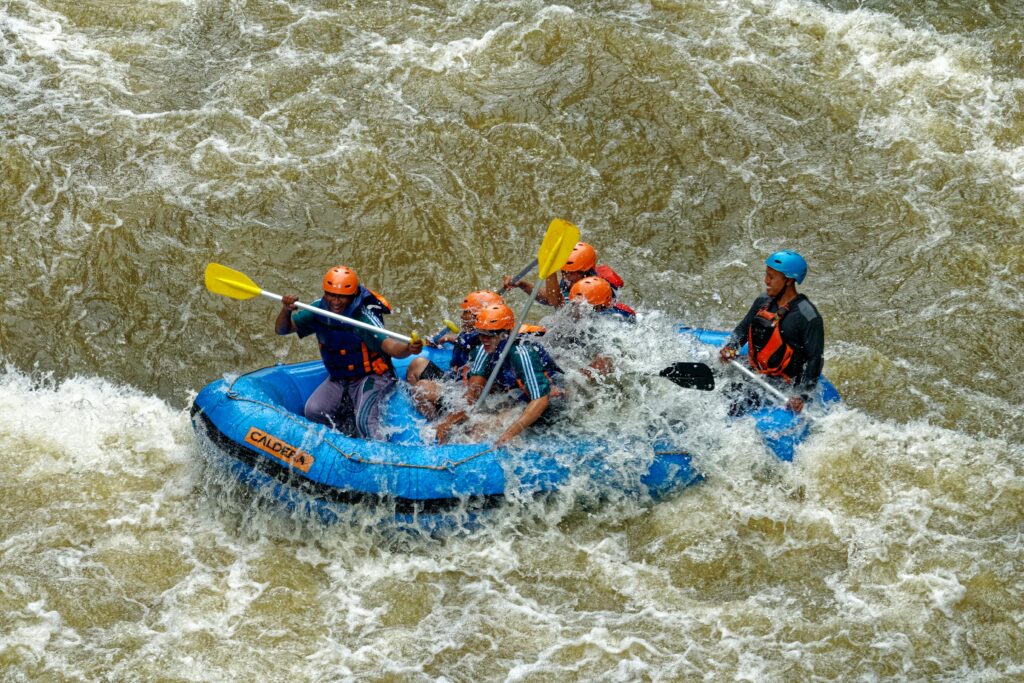Respecting the River: Environmental Considerations for Responsible Rafting
Introduction to Responsible Rafting and River Conservation – Respecting the River
Rivers are the artery of our planet, and a vital home for countless species from diverse ecosystems. Secrets of Recreation and Adventure (Including the Thrills of Rafting) But it is essential to acknowledge that rafting, like any outdoor activity can impact the fragile ecology of rivers. And this is where the concept of responsible rafting stepping in.
Rivers were made wild and free, not so we could glamorize in them but rather appreciate that these ecosystems are still hanging on with a human footprint all around. Its a way of honouring the river, its creatures and landscapes. These practices and choices can enable future generations to view first-hand the beauty and magic of our rivers.
Rafting can have a big impact on the environment, and this effect varies depending on how many people participate in an activity that uses types of rafts powered by human beings to make them move and what type of habitat it is. Potential impacts include:
It can lead to water pollution due to inadequate waste disposal, fuel spills into the river and using harmful soaps (which usually contain phosphates) there is harm in aquatic life.
Disturbs wildlife: the noise, movement and their location near nesting sites disrupts animals from behaving normally & breeding processes.
You can harm riverbanks by walking on vegetation, or camping in a sensitive area, and with bad campfire practices.
However, now that we recognize these types of impacts, there are also ways to reduce and avoid our footprint on the rivers rafters love while maintaining healthy river ecosystems.
In this post we will look at the most important environmental issues of rafting, tricks to raise your awareness and a part about raft companies for encourage good behavior. Together we can take action to ensure that rafting is a great adventure on the river for all generations.

Key Environmental Considerations for Responsible Rafting – Respecting the River
Water Quality and Pollution Prevention
It is vital for the health of river ecosystems and all its living beings. We are after all, responsible rafters and owe it to our rivers not to become those inconsiderate polluters.
And Now, Some Not So Subtle Reminders
Dispose of your waste correctly: Pack out all garbage and trash — even food scraps, cigarette butts, and toilet paper (yes, that includes “biodegradable” types) shall be packed out. When possible use special waste facilities for disposal.
Less soaps and detergents: Use biodegradable soap, focused for dirt removing. Do not use these products directly in the river; take a few steps away from the bank, to wash.
Avoiding Fuel and Oil Spillage — The Importance of regular watercraft maintenance ensuring there are no leaks from any motorized boats. Bring or use absorbent materials to quickly and responsibly clean any spills.
Teaching Another Raft: Advocate for clean water and tell others to do the same. Set the example We lead and keep our rivers clean.
Wildlife Protection and Habitat Preservation
Fish, insects, birds and mammals can all be found in rivers in abundance. We should take care of their personal space and let them be where they belong.
Do your part with responsible wildlife interaction reminder.
Stay A Safe Distance Away: Use your binoculars or a camera with zoom lens to get the close-up, without making any contact. Do not get close to or throw food at wildlife because this may interfere with their course of nature and urge them into dependence on humans.
Do Not Disturb Nesting Sites: Be aware of nesting sites and do not disturb birds or other animals during the breeding season. Do not approach nesting or denning wildlife and keep noise to a minimum 4.
Alternatively, you may need to respect sensitive habitat (e.g., spawning grounds along the river or riparian zones). Do not camp or hike in such areas and stick to the trails/campsites.
Opt for Rafting Companies Which Helps in Wildlife Conservation: Select companies that engage wildlife conservation projects to protect and recover habitats promoting voluntary education techniques.
Riverbank and Vegetation Protection
As a result, riverbanks and vegetation play important roles in stabilizing channel banks, utilizing sediment to create aquatic habitat and protecting water quality. We tread treacherously and imperil these fragile systems.
Methods to Preserve Both Riverbanks and Vegetation
Avoid trampling: Walk and camp only on established trails and campsites. Watch where you walk especially plant sensitive locations.
Dealing With Trash: Dispose of trash properly following Leave No Trace principles. Make fire rings and use small campfires to minimize damage done by fires.
Opt instead for Rafting companies that run a riverbank restoration program- This could be planting native vegetation to helping stabilize eroded areas.
By adopting these responsible rafting practices, we can significantly reduce our impact on river ecosystems and ensure that these natural wonders remain healthy and vibrant for generations to come.

Tips for Respecting the River While Rafting – Respecting the River
Choosing a Responsible Rafting Company
To start with, you need to research and choose a rafting company that practices environmental sustainability. Research companies that:
Have Environmental policies in place: Visit their websites or brochures to see what these companies are doing when it comes to minimizing impact. Find out information for garbage disposal, wildlife preservation and riverbank conservation methods.
Certifications and Accreditation: When looking at companies go after ones that carry certifications from reputable organizations including Leave No Trace or the Adventure Travel Trade Association. These certifications are an indication of a dedication to keeping up this way.
Look up online reviews and testimonials from other rafters: To tell if the company values the environment, check out what other rafters had to say in their experiences with them. Search for comments speaking of their reverence and respect for the river; its life.catchandall that go along with it.
Packing Eco-Friendly Gear
Choosing the right gear can make a big difference in reducing your environmental impact while rafting. Consider packing these eco-friendly essentials:
- Bringing reusable water bottles and food containers : Avoid using single-use plastics by prep these. It will help you in letting your wastage decrease and reduce your dependency on single-use things as well.
- However, you should make sure to use biodegradable soaps and shampoos when camping (ones that will break down naturally without harming fish or contaminating water sources).
- Reef safe sunscreen: If you’re going to be rafting around coral reefs or other marine ecosystems turn that are prone to damage, get a natural sunscreen without chemicals known to harm these delicate habitats.
- Fast drying towels: These are lightweight and dry so fast that you actually do not require to take them for laundry frequently as they can air-dry in no time.
Practicing Leave No Trace Principles
Leave No Trace refers to a set of principles designed to minimize the impact that humans have on natural environments while taking part in outdoor activities. These guidelines are also applicable to responsible rafting.
A quick rundown of the Leave No Trace principles
Check local rules and regs: The river is a shared resource; if there are regulations for the river on which you’ll float, know them—before you go. Pack right and have all the gear in such a manner you do minimum damage.
It is important to travel and camp on durable surfaces, stay on established trails and campsites where your presence will have the least impact.
Pack it in & pack it out; carry EVERYTHING you bring into the backcountry OUT of the. GovOfficial_Enable for recreation and ensure our public lands are protected for future generations! Use of a designated waste point whenever possible
Pack out what you pack in: Take your trash with you and leave everything else. Leave no traces, do not take rocks or tree and etc. with you
Be careful with cigarettes, and do not bring fireworks — they are prohibited in many places all over the park. Only burn dead-fallen wood; never use cut or live trees and always ensure the fire is totally out before you leave.
Give animals space: Keep your distance from all wildlife and never approach, follow or feed them. Deny access to food and other items that these animals could smell in your camping.
Mind Your Manners: When rafting, give other visitors their space and try to avoid making noise. Divide the river and her resources responsibly.
By following these tips and adopting Leave No Trace principles, you can enjoy a thrilling rafting adventure while minimizing your impact on the environment.
The Role of Rafting Companies in Promoting Responsible Rafting – Respecting the River
Rafting companies are an essential organ in fostering responsible rafting and in the long-term preservation of river ecosystems. As much as they must impress their customers with exciting adventure, river operators have a responsibility to teach rafters (i.e.: participation in commercial guides), act sustainable by example and donate efforts for conservation purposes.
There are several ways in which rafting companies can promote responsible river rafting.
Raft education on environment: All rafting companies should always have a full briefing of environmental impacts and responsible use. This education can cover elements such as water quality, wildlife protection and riverbank conservation.
Adopting sustainable practices: to get special permits from the authorities, companies should act in a way that has minimal impact on nature and land as using fuel-efficient boats, making little waste or collecting it afterward; buying food and other necessities locally. They should also aim to lower their carbon emissions and harness energy efficiency within the field.
Companies can also partner with local and national conservation organizations to fund river restoration projects, wildlife protection efforts, environmental education programs. These partnerships represent a commitment to the environment.
Growth and tourism: Growth in other regions should not be incentivized, but rather outdoor rec companies have a duty to their neighbors on how they affect the local economy or social fabric. This may involve employing locals as guides, buying supplies from local vendors or supporting community development projects.
By taking these proactive steps, rafting companies can not only provide unforgettable experiences for their guests but also serve as stewards of the rivers they operate on. They can inspire rafters to become advocates for river conservation and contribute to a sustainable future for these precious ecosystems.

Conclusion: The Importance of Respecting the River for Future Generations – Respecting the River
Rivers form intricate ecosystems that nurture an incredible assortment of life and serve as the lifeline to countless human societies. We rafters have a special opportunity to witness the magnificent power and beauty of these wonders. Well, privilege can conserve them for future generations.
Sustainable rafting is not only about reducing our ecological footprint, but also encouraging respect for the river and understanding of its ecosystem. It is about understanding that the choices we make today will define our relationship with those resources down to their very essence.
From responsible rafting companies to eco-friendly gear and LNT principles, the following will help ensure our river-running adventures are both thrilling — but not spoiling. We can go on to be seen as ambassadors for rivers; encouraging a sensible approach in others and securing the future health of these crucial ecosystems.
Responsible rafting has long term benefits beyond measure So let us tread lightly and give due respect to the river, for if we do so:
Clean water is necessary to all life forms, so maintain the quality of your water. Keeping our soils in place, keeping chemical compounds out of the water and minimizing pollution provides a way to protect rivers from ill health so clean freshwaters are available for future generations.
Save wildlife and their homes: Rivers support a wide variety of species that rely on critical habitats. If we respect wildlife and their habitats, we can help protect it for generations to come.
Protecting our river landscapes: River scenes are amazing all by themselves, and provide openings for entertainment just as contemplation. What we do, or don’t do as well can help keep such natural wonders around for generations to come.
The choices we make now directly impact the future of our rivers. Let’s promote responsible rafting and conservation efforts to ensure these precious resources remain for future generations. To respect the river is to ensure that its currents run strong, and wildlife flourish, and beauty endures for generations.
Respecting the River (Call to Action)
So, you have the information and gear to go responsible rafting — do it!
Research companies in the area you are planning to raft and choose one that is committed to being eco-friendly.
Share the knowledge: Inform friends, family and your fellow adventurers on responsible rafting practices. Get them to practise sustainability instead, and support businesses that do so too
Take action: Participate in river cleanups, volunteer for habitat restoration projects or support conservation organizations working to protect rivers and their ecosystems.
Tell your Story: Write about how you made responsible rafting choicesMind the Media: Document and write-up examples of people not doing so well on rivers or being disrespectful to their environment. If you can ratchet up the beauty inherent in rivers and demonstrate how they need to be desegregated from man-made attempts at exploitation maybe ultimately, someone else will see what we’ve done differently next time.
Don’t forget that everything you do can make a difference. By embracing responsible rafting practices and advocating for river conservation, we can ensure that these natural wonders remain healthy and vibrant for generations to come.
Additional Resources – Respecting the River
- Leave No Trace Center for Outdoor Ethics: https://lnt.org/
- Adventure Travel Trade Association: https://www.adventuretravel.biz/
- American Whitewater: https://www.americanwhitewater.org/
- International Rafting Federation: https://www.internationalrafting.com/
Let’s paddle together towards a sustainable future for our rivers!

